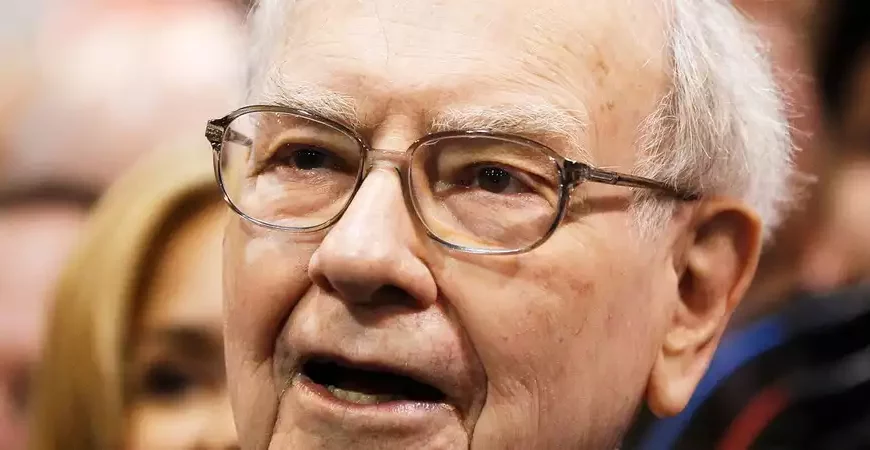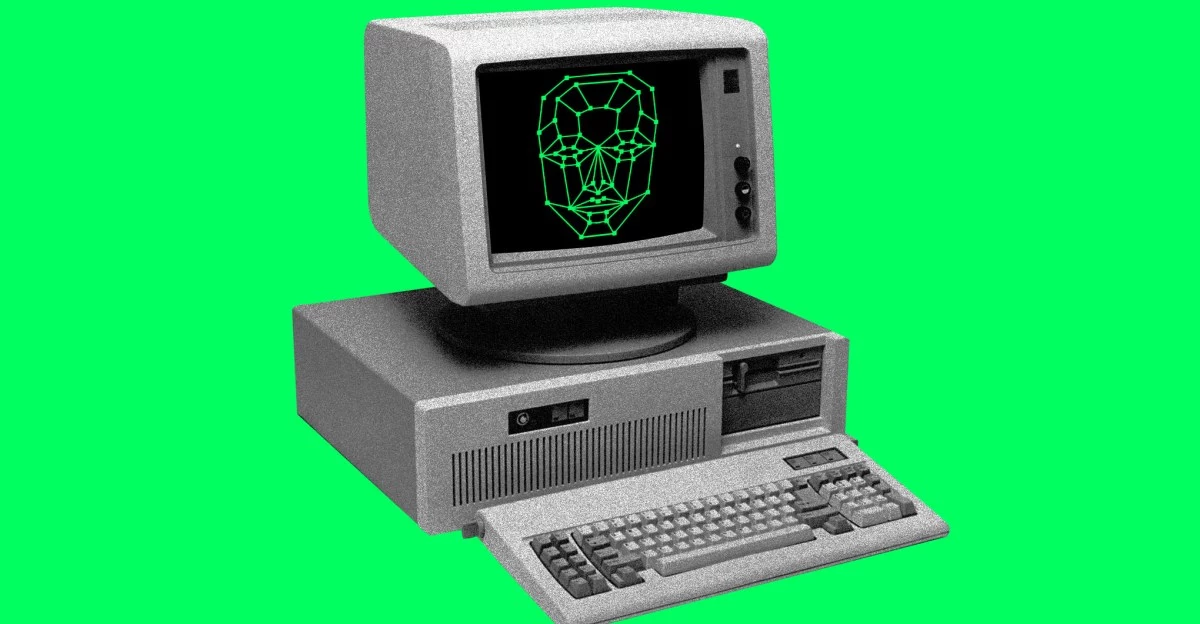As the week winds down in the bustling financial hubs of New York, U.S. stocks are hovering near their record highs. This remarkable stability follows a much-anticipated report on the job market that is generating buzz among investors, economists, and armchair analysts alike. The report revealed a slowdown in hiring, causing both optimists to sigh with relief and pessimists to raise their eyebrows in concern. While the stock market remained relatively calm, the bond market showed a bit more flair, as Treasury yields took a noticeable dip in response to the multifaceted U.S. jobs data.
The Labor Department’s report indicated an unexpected rise in the unemployment rate, while also revising downward the hiring numbers for previous months. These revelations add weight to the growing consensus on Wall Street: the U.S. economy’s growth is hitting the brakes under the strain of high interest rates. The narrative is clear but complex, wrapped in layers of economic indicators that hint at both resilience and vulnerability.
The Federal Reserve is now in the hot seat, tasked with the tricky job of calibrating its next moves finely. The central conundrum is whether to cut interest rates early enough to prevent the economic slowdown from spiraling into a full-blown recession. However, they must tread carefully to avoid reigniting the flames of inflation. This decision is akin to walking a tightrope, where one wrong step could send the economy tumbling in either direction. Traders have latched onto the idea that the Fed will likely ease its main interest rate later this year, possibly in September, based on the latest job market data.
In the bond market, the yield on the 10-year Treasury—a key benchmark—retreated to 4.31% from 4.36%. This movement underscores the nuanced interpretation of the jobs report, which is being seen as a harbinger of future rate cuts by the Fed. Meanwhile, the broader economic landscape is littered with signs of a slowdown. Consumer spending, particularly among lower-income households, is showing strain as rising prices continue to erode purchasing power, and credit card debts swell.
Wall Street’s overall performance was a mixed bag. Some heavyweight stocks managed to eke out modest gains, lending support to the market. Yet, the majority of stocks within the S&P 500 index found themselves in the red. Cryptocurrency-linked companies were among the notable losers, with Bitcoin’s value plunging below $56,000 from nearly $63,000 earlier in the week. This sudden drop affected companies like Coinbase Global, which fell 4.6%, and Robinhood Markets, which dipped 2.9%.
Across the pond, London’s FTSE 100 index fell by 0.5%, in the wake of a political shake-up that saw U.K. voters oust the Conservative Party in a national election. This change in political wind adds another layer of complexity to an already intricate global economic tableau.
In summary, the current state of the U.S. economy resembles a finely balanced scale, with high interest rates and creeping inflation levels on one side and the Federal Reserve’s potential rate cuts on the other. Investors and policymakers will be watching closely to see which way it tips, hoping for a soft landing rather than a nosedive.




 By
By




 By
By
 By
By
 By
By







